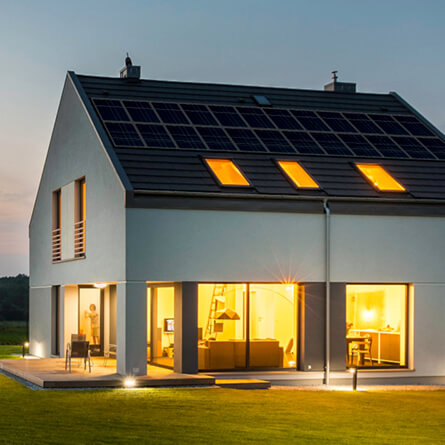Time:Aug 17, 2023 Views:659
The application forms of electrical energy storage are only supercapacitor energy storage and superconducting energy storage.
1. Supercapacitor energy storage
Developed based on the electrochemical double layer theory, also known as a double layer capacitor, the distance between the two charge layers is very small (usually less than 0.5mm), and a special electrode structure is used to increase the electrode surface area by ten thousand times, resulting in a huge capacitance.

The development of supercapacitors for energy storage has a history of over 50 years. In the past two decades, technological progress has been rapid, greatly increasing its capacitance compared to traditional capacitors, reaching the order of several thousand farads, and the specific power density can reach ten times that of traditional capacitors.
Supercapacitors store electrical energy directly in an electric field, without energy conversion. They have fast charging and discharging times and are suitable for improving power quality. Due to its low energy density, it is suitable for combined use with other energy storage methods.
2. Superconducting energy storage
The superconducting energy storage system is composed of a coil made of superconducting materials, placed in a low-temperature container (Dewar), a power regulation system (PCS), and a low-temperature refrigeration system.
Energy is stored in a magnetic field as a direct current circulating in a superconducting coil.
Superconductive energy storage is suitable for improving power quality, increasing system damping, and improving system stability, especially for suppressing low-frequency power oscillations.
However, due to its high cost and complex maintenance, although commercial low-temperature and high-temperature superconducting energy storage products are available, their applications in power grids are few and mostly experimental. The application of SMES in power systems depends on the development of superconducting technology (especially in materials, low-cost, refrigeration, power electronics, etc.)

X

Appointment Experience